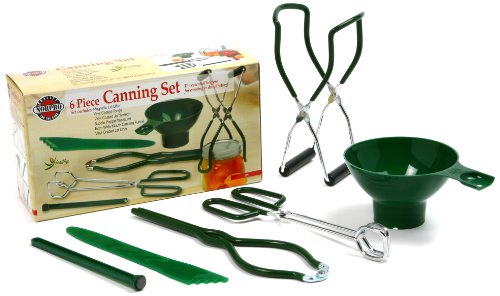“To ‘put by’ is an old deep-country way of saying to ‘save something you don’t have to use now, against the time when you’ll need it.’ “Putting food by is the antidote for running scared”
This post is a companion to a lengthy video on the broad subject of canning. Here’s the video:
I cover a great deal of ground, in the above video. Here are the specifics mentioned, within…
Microbiology
Here is the wikipedia article on Clostridium Botulinum
And one for Lactobacillus
The history of the Mason jar
John Landis Mason, an American tinsmith invented both the screw on jar lid (1857), and the screw on salt shaker lid (1858), hence the name “Mason” jar. It should be Mason lid. Glass food preservation jars were manufactured in the 1840’s by Walter John Kilner, but the zinc lids lined with milk glass were the game changer. Currently, both Ball and Kerr trademarks are owned by Jarden Corporation, as well as a couple other brands sold in Canada. The primary difference between Ball and Kerr jars is that Kerr jars don’t have the raised glass pasterns on the sides of the jar, and are therefore easier to attach labels to. There were patent disputes surrounding Mason’s invention, and many less popular attempts to produce safe and effective canning jars. Here is a link to read more on that.
Times to process your jars
The University of Minnesota as a great chart to determine processing times for things in both pressure and water bath methods. It can be found here.
Pectin Calculator
If you want to make jam, this pectin calculator is awesome!
Gear
Here are some things that you may find useful to start on the road of home canning! The products below are Amazon Affiliate links. If you buy through them, I receive a small commission with no added cost to you. The pH tester is only for those wishing to create their own recipes that may be on the edge of the 4.6 or less safe zone.






